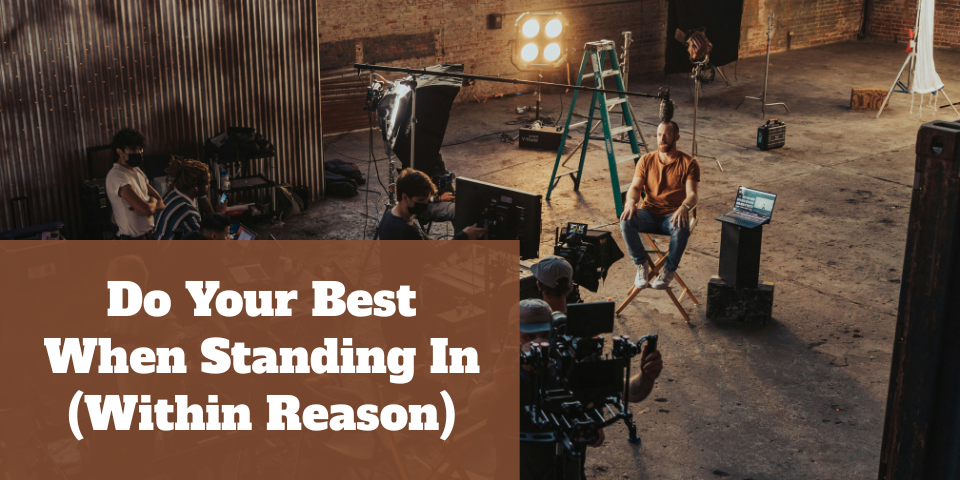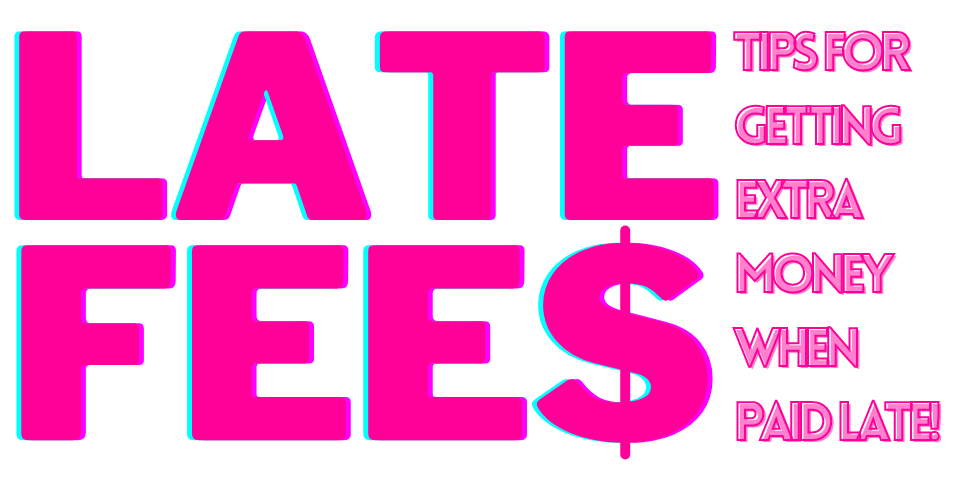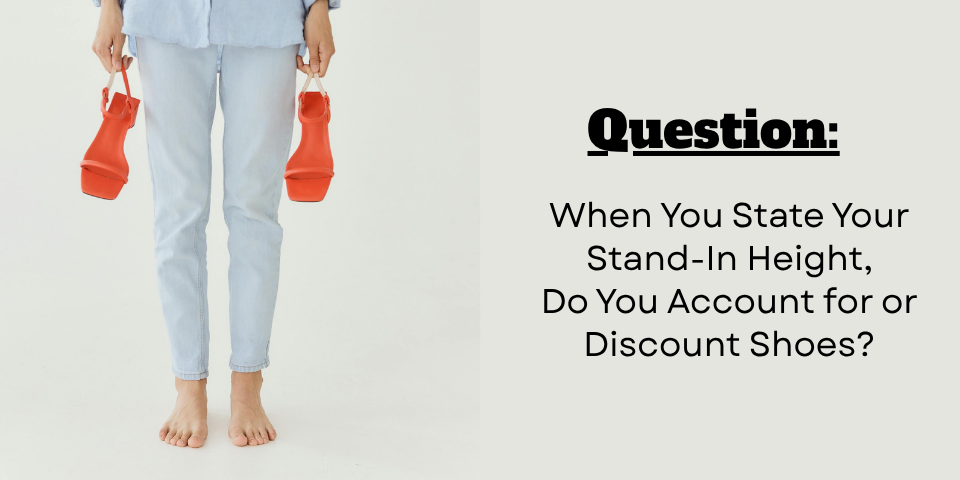At 9pm on September 26, 2016, the United States Presidential Debate is set to take place between presidential candidates Hillary Clinton and Donald Trump at Hofstra University on Long Island, New York.
We talked about presidential debate stand-ins in a 2012 article on Stand-In Central. How might stand-ins be involved in the 2016 presidential debate?
Stand-Ins for Debates
In the run-up to a debate, candidates are known to spar in mock debates not with their actual opponents, but with stand-ins for their opponents — in the effort to best prepare for the contest.
While these types of stand-ins might physically resemble the opponents in some way, in all likelihood they don’t. Instead, debate stand-ins have a sense of the beliefs, convictions, and potential debate styles of the opponent, and they aim to recreate the opponent’s tactics to challenge and bolster the candidate’s arguments and rebuttals.
More often than not, debate stand-ins are personally close to the candidate to avoid the threat of leaking information about the candidate’s debate tactics. However, as James Hohmann of the Washington Post notes in a recent article, “The stand-in must be willing to wade into personally painful and politically uncomfortable territory” when practicing with the candidate.
Ohio senator Rob Portman served as the stand-in for Barack Obama in 2008 and in 2012 to prepare respective candidates John McCain and Mitt Romney for their debates. Other past debate stand-ins in recent memory include former New Hampshire senator Judd Gregg (as Al Gore and as John Kerry), Washington lawyer Greg Craig (as John McCain), and former Michigan governor Jennifer Granholm (as Sarah Palin).
Mock debates may also include a stand-in for the moderator. Moderators have personality and approaches to questioning that may affect how candidates respond. Similarly, these debate stand-ins less likely resemble the moderator and more likely can recreate the moderator’s approach to questioning.
As Randy James and Katie Rooney note in their Time article on debate stand-ins,
[M]ock debates are often designed to be exactly like the real thing, with stand-ins even playing moderators. “We debated right at 9 o’clock. Same temperature setting, same distance, same format,” says former New York Rep. Tom Downey, who spent four days playing [vice presidential candidate] Jack Kemp before Al Gore’s Vice Presidential debate in 1996. “I tried to be as good at Jack Kemp as Jack Kemp would be.”
Stand-Ins for Televised Debates
Stand-ins in the sense described on Stand-In Central are television and film stand-ins — and they may also participate in the run-up to the presidential debate.
These stand-ins are more likely to resemble the candidates in some very basic qualities — gender, height, skin tone, etc. — and they appear in the technical setup and rehearsal for the televised aspect of the debate. These stand-ins aid the lighting and camera rehearsal necessary for pulling off the broadcast of the debate.
These stand-ins may need to know their candidates well enough to portray some of the potential physicality of their respective candidates. For example, if in past debates candidates have used their arms characteristically or moved away from the podium in a show of force, it may help production for the stand-in to recreate those movements. A stand-in’s knowledge of the candidate’s movements makes such recreation easier to stage.
It is not entirely clear how debate stand-ins might be hired. If the production is a union production working under a SAG-AFTRA collective bargaining agreement, then likely the stand-ins for the television production would come from a casting office or background casting office (since background casting offices usually handle the hiring of stand-ins). The Commission on Presidential Debates (CPD) may have some say on the hiring of stand-ins, since according to Hofstra University’s press release on the debates, the CPD “controls all aspects of debate production.”
To Confuse the Point …
The Atlantic posted as its questions of the week who would best serve as debate stand-ins for the candidates. The readers featured in the articles replied largely with the names of — wait for it — actors.
For Hillary Clinton, readers contributed the names of Jane Curtin and Helen Mirren. For Donald Trump, readers contributed Alec Baldwin and Kevin Spacey — and even Triumph the Insult Comic Dog.
So, it is not outside the imagination that mock debate stand-ins and SAG-AFTRA stand-ins could be confused. In the former, the stand-ins have a sense of the candidate’s debate approach, while in the latter, the stand-ins have a resemblance in some characteristics to the candidate and perhaps the physicality.
Have you stood in for a candidate during a debate? Was it for a mock debate or the television production? How did you land the job? Share your experiences below!






Leave A Comment